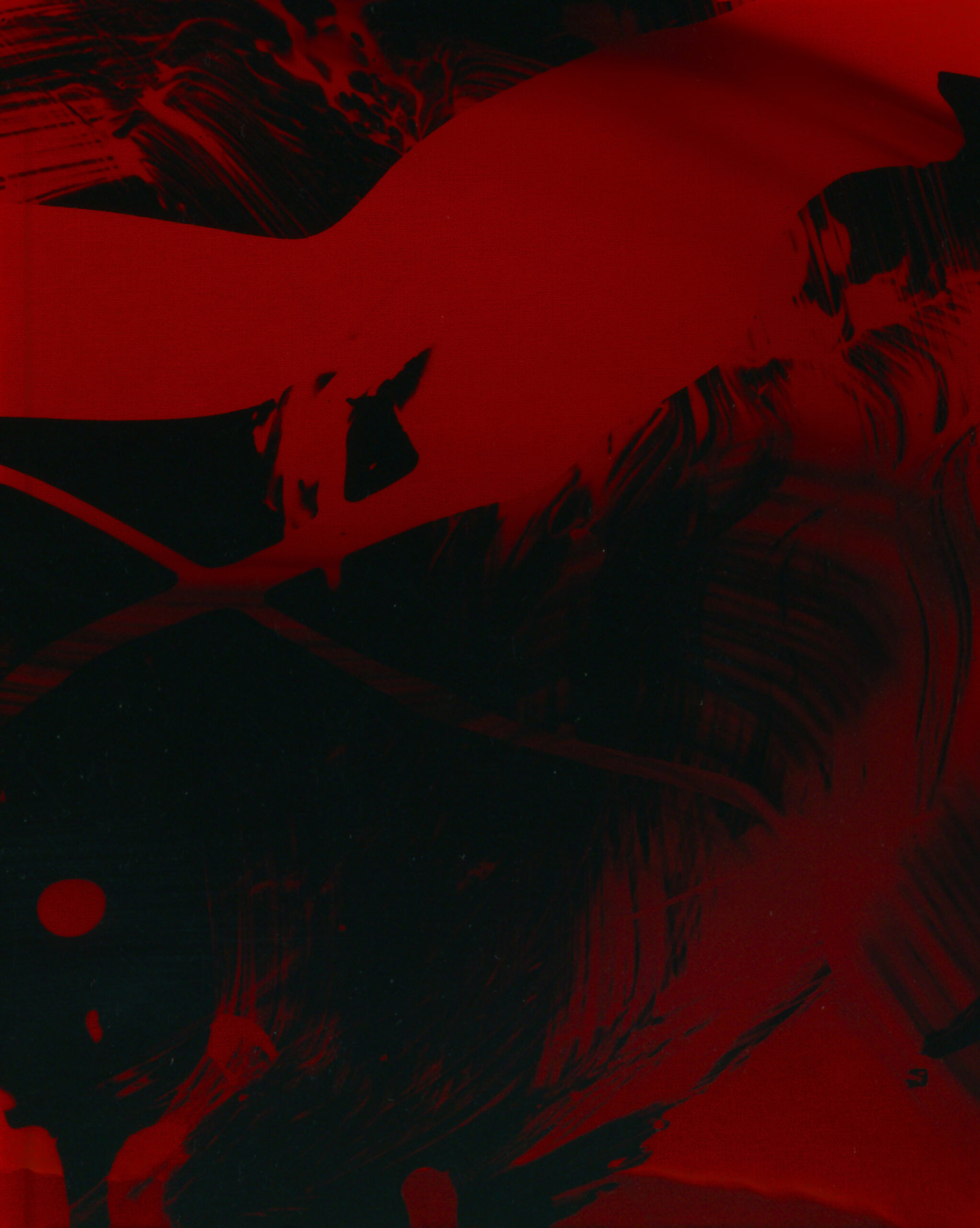
Exploring Bruce Nauman’s Question: Can Art Exist Without a Viewer?

Empty Space and the Meaning of Art: Exploring Bruce Nauman’s “Pasadena Years” at Marian Goodman Gallery
LOS ANGELES — In a bustling city teeming with blockbuster exhibitions and vibrant installations, one of the most compelling art shows in Los Angeles right now is… an empty room. At first glance, this might feel like a paradox. But for American conceptual artist Bruce Nauman, emptiness has always been a fertile canvas for probing the boundaries of human perception, architectural space, and the art world itself.
At the Marian Goodman Gallery in Hollywood, “Bruce Nauman: Pasadena Years” revisits a crucial decade in the artist’s trajectory — from 1969 to 1979 — when he lived and worked in East Los Angeles. This innovative exhibition offers a rare opportunity to engage with foundational works that transform the gallery’s walls, floors, and voids into active players in the artistic experience.
A Master of Nothingness
Bruce Nauman has long been recognized as a pioneering figure in post-Minimalist and conceptual art. His work spans across mediums — video, performance, sculpture, drawing, and text — but his central inquiry remains steadfast: What defines art, and how do we engage with it physically, psychologically, and philosophically?
“Performance Corridor” (1969), for instance, exemplifies Nauman’s use of basic construction materials to amplify ideas. A narrow passage built from wallboard and wood leads visitors down a claustrophobic hallway that ends abruptly. It’s a physical metaphor for the limitations of both gallery spaces and the institutional art world. Another piece, “Funnel Piece (Françoise Lambert Installation)” (1971), constructs angled walls that edge closer and closer together, herding viewers toward a point of convergence that never quite arrives. These works, though seemingly simple, stir questions about perspective, freedom, and confinement.
Reacting to Structures
Nauman’s experiments throughout the 1970s often suggest that art can emerge from the most mundane gestures. Videos displayed on retro Sony televisions show solitary figures repeating movements — bouncing off a wall, revolving upside down, sinking into a floor. These repetitive performances, captured at moments of vulnerability or absurdity, become profound explorations of the body’s interaction with architecture and gravity.
A standout work in this vein is his text-based piece “Body Pressure” (1974), a humorous yet unexpectedly intimate set of instructions that asks viewers to physically press themselves against a wall to feel — even sensually — the limits of their own body. Presented as a pink poster, it strips away the need for objects, inviting art to exist purely in thought or in action.
Breaking Down the Art Institution
“Pasadena Years” also lays bare Nauman’s growing discontent — or perhaps playful interrogation — of art institutions. In presenting artworks that are skeletal, sometimes vacant, and often reliant on the viewer’s physical participation, he renders the gallery both as a machine for viewing and a subject of critique. He posits that the very structures meant to foster artistic appreciation may, in fact, inhibit it, steering audiences toward conformity and passivity.
And yet, Nauman doesn’t preach disengagement. Rather, he proposes an expanded, inclusive vision of art: one that relies not on masterpieces but on consciousness itself. In works like “Untitled (Corridor Study with Red, Yellow, Blue)” (1969), a pastel and graphite drawing, we are given a schematic glimpse of this vision. It becomes apparent that even sketches and studies hold equal weight in Nauman’s aesthetic armature. Language and viewing instructions are just as potent as video loops or lithographs in generating meaning — or subverting it.
Art in a Post-Art World
Nauman’s work resonates with the spirit of artists like Tony Smith, who once described driving down an unfinished New Jersey turnpike as an artistic revelation — literally “the end of art.” Minimalism, for Smith’s generation, had compressed art to its most industrial, insular core. Nauman, however, pushes this notion further. Rather than seeing finality, he sees perpetuity. Art doesn’t end on the highway or in an empty room. It continues — as long as we choose to enter, look, move, and reflect.
This is perhaps the true genius of “Bruce Nauman: Pasadena Years.” It offers nothing flashy, little in material opulence, but renders each viewer an accomplice in creation. Space becomes an event. Instructions become meditation. Repetition becomes revelation.
Why It Matters Now
In an era saturated with visual and digital noise, Nauman’s legacy is more urgent than ever. “Pasadena Years” challenges visitors to slow down, confront their own bodies and assumptions, and consider what art can feel like, not just what it should look like. While market values and trends continue to redefine contemporary art, Nauman reorients our compass back to the fundamental: the idea, the gesture, the space between.
At a time when galleries and museums